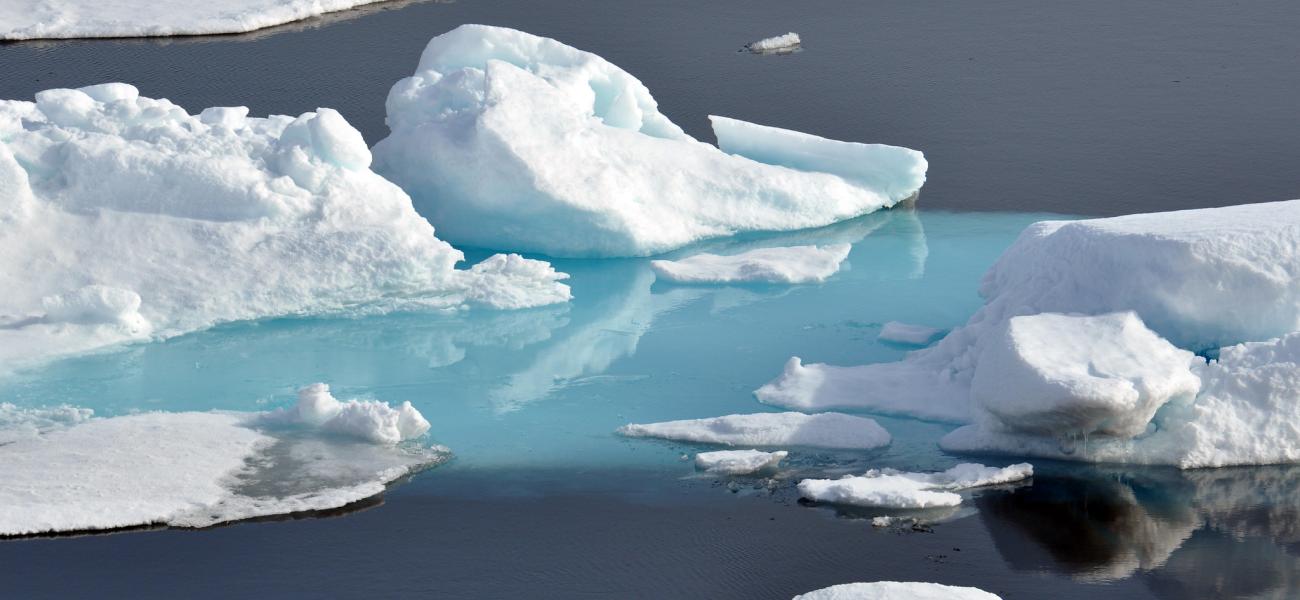
Russia’s Military Posture in the Arctic: Managing Hard Power in a ‘Low Tension’ Environment
This is a summary of a paper originally published by Chatham House.
The author writes that “Russia’s military posture in the Arctic is informed by the changing geopolitical environment, and can no longer be considered in isolation from the country’s growing tensions with the West." As a result, the era of the Arctic being a "zone of depoliticized cooperation" is ending. Moscow gives the Arctic the same threat perception as other theaters of operation, and its military build-up in the region "primarily aims to ensure perimeter defense of the Kola Peninsula for the survivability of second-strike nuclear assets. … Another Russian priority is to ensure the Northern Fleet’s access to, and passage along, the Northern Sea Route from the Atlantic Ocean to the Pacific Ocean.” The author argues that while Russia is "a reluctant rule-follower in the Arctic," those rules are in its favor and cooperation between Russia and Arctic nations is likely to continue despite growing tensions. “Western military and policy planners should seek to maintain the convention of treating the Arctic as a ‘low tension’ area. However, planners must also acknowledge the existence of pressing military security issues in the wider Arctic. … Innovative efforts can be made to strengthen military security and domain awareness in the region, without militarizing the issue. This should start with the creation of a military code of conduct for the High North.”
Read the full paper at Chatham House.
Mathieu Boulègue
Mathieu Boulègue is a research fellow with Chatham House.
Photo in the public domain.

